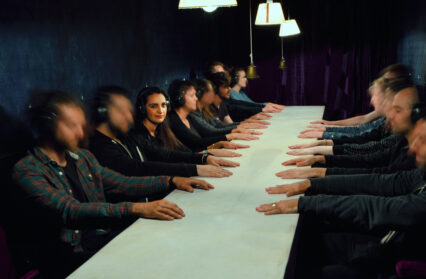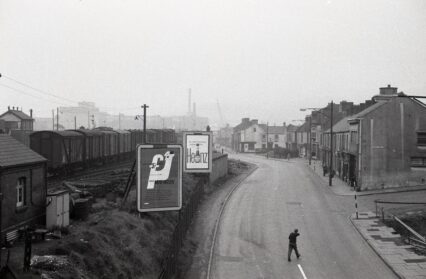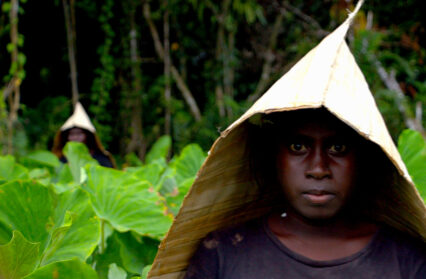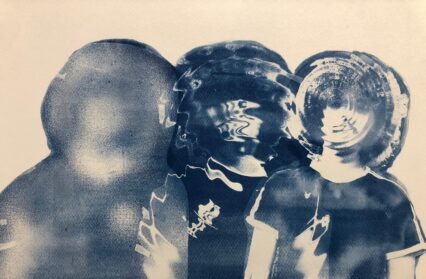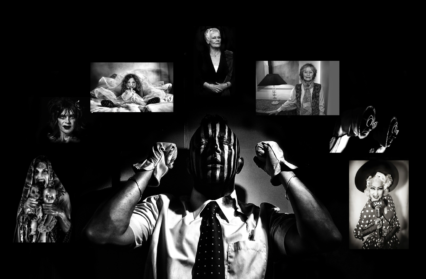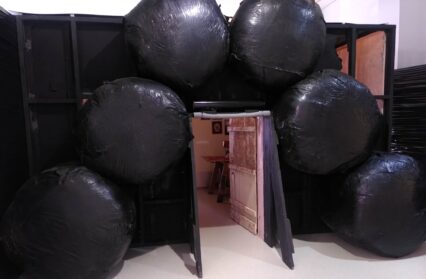James H.F. Lloyd reviews Brink at Oriel Ynys Môn in Anglesey, an exhibition that attempts to explore the evolving relationship between art and modern technology. Artists Jess Bugler, Ruth Cousins, Sarah Holyfield and Matthew Day, embrace this digital context within their work to question the nature of our modern world.
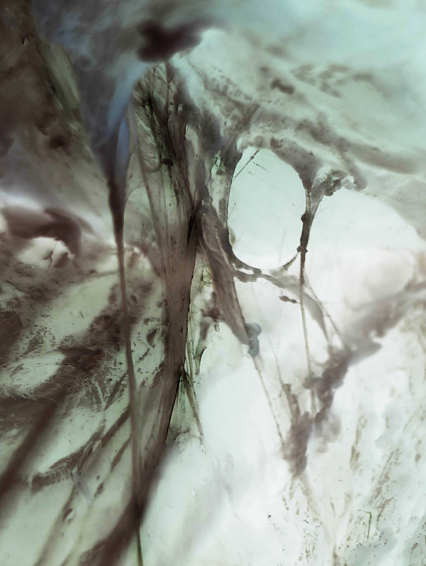
The travel writer and journalist Nic Bouvier wrote in his novel The Way of the World, “You truly love only the things you depend on.” Technology has undoubtedly changed our way of life, and in so many ways we are indebted. I benefited a great deal from my phone when I was stranded and hypothermic on a stormy hillside. But it is also the first and last thing I see every day, and to have spent hours each day looking at it I can’t help but feel deeply frustrated. Dependence can nurture both love and resentment.
Brink is an exhibition in Oriel Mon gallery questioning our modern world. We spend an increasingly large portion of our lives inhabiting virtual spaces, spaces entirely shaped by tech corporations. While they monopolise and profit from our time and attention, this raises questions as to how much room there is for the individual. Is it possible to truly express ourselves through a corporate, technological filter? Or is this explosion of new and readily available technology a means to revolutionising what it means to be human? This debate is explored by four artists; Sarah Holyfield, Ruth Cousins, Matthew Day and Jess Bugler, in separate but interlinked installations. A variety of modern technology is used to create a space for this debate, from 3D, printed and laser-cut sculpture to visual audio and risograph. It undoubtedly achieves this, but the conclusion of this debate is uncertain.
Sarah Holyfield’s art that is displayed at the Oriel gallery explores how technology has shifted away from its utopian ideals of free knowledge and equality, towards commodification and control. Some of her work depicts humans digitally, through the triangular facial recognition patterns of a surveillance camera, or pixelated faces rendering the individual unrecognisable. Anonymous. Another piece depicts the wealth disparity between the poorest and the richest through grains of rice. On one end of the scale is the subsistence farmer, one grain of rice cupped in an empty bowl; on the other end Facebook and Amazon Executives, boxes of rice stacked like a city skyline. The use of technology to siphon gross amounts of wealth upwards is made startlingly clear.
Perhaps the most remarkable piece of Holyfield’s is some simple ink drawings of stick men, women and children. On two overlapping, scripture-like sheets, one transparent, there were lines and lines of people on the move, travelling with bags, suitcases and boxes. Each is individually drawn, and there is the sense that each has a story to tell. It seemed to be a clear comment on the huge migration of people across the globe, a consequence of technology and progress. The two overlapping sheets of people immediately suggest cultures mingling, boundaries shifting. Yet the sheets are copies of each other, the people moving in the same direction. Behind each person are four faint lines, as though each person is a musical note in a symphony. The scale of it recalls a Biblical exodus. It’s beautiful in its simplicity, and wide open to interpretation. Frustratingly it was the only installation with no name. Was that part of the piece?
Ruth Cousins’ work at the Oriel gallery depicts an increasingly abstract reality. A collection of shells and a delicately weaved nest of twigs provide an ecological foundation for the forms rendered through 3D printing and laser cutting. The nest of twigs is beautiful. For such a small piece, a little smaller than a tennis ball, it has a large presence. You can see the labour and craftsmanship weaved into its creation. The sign of a good sculpture is wanting to touch it, and you feel an urge to hold it lightly in the palm. But it is sealed in a glass bell jar, as are the seashells. The jars exaggerate their fragility. There is a sense they have been archived, a faint reminder of the origins of the artwork to follow. There are 3D printed replicas of the nest in varying sizes, but the intimacy of the original is lost. Its delicacy and the crispness of the form is rendered almost clumsily by the machine that rendered it. This is followed by the laser cut form, suspended, falling apart. Like a copy of a copy of a copy, the form loses its clarity in translation. Nature appears as the fragile home of our inspiration, but its technological rendering feels hollow. Technology appears here as a lesser version of nature. Perhaps it’s because the artist sees the beauty, but the factory-line machine does not.
Matthew Day’s (top image) sculptural prosthetics explore the possibilities of using technology not to replace but to alter and progress the human form. The 3D printed prosthetic for a woman is not designed to give her a hand she does not have, but something new. The design mimics the form of a conch shell, into which the arm slips. Day quotes double amputee and ex-Paralympian Aimee Mullins; “…a prosthesis no longer has to represent the need to restore a loss; it can be a symbol that the bearer has the power to create what he or she wants to create in this gap.” Disability can provide a new space for creating identity, and technology here provides the means. This physically explores the use of technology as a means of creativity and therefore identity. The form of the conch shell is distilled in Day’s design, and the shell’s original function as both protection and ornament are echoed here. But what does this add to the human form? Did it need to be manufactured synthetically when the same design is being created naturally? I wondered whose design this really was. Was this something the woman pictured wearing the prosthetic had wanted or was it Day’s design? And how much was the design controlled by the technology itself? Day’s installation ignites this debate. It’s an exciting project and contributes to the ongoing discussion about our technology. While this installation focuses on the prosthetic for a hand, the possibility for other areas of the body is tantalising. The most prosthetic design has focused on recreating the human form, trying to regain the function of the human body through increasingly complex means. What Day’s design offers is something entirely different. I question its functionality, but it feels like a gesture to an entirely new path of design, exploring the possibilities beyond the human form. You cannot deny the creativity, of which 3D printing is only one method of exploration.
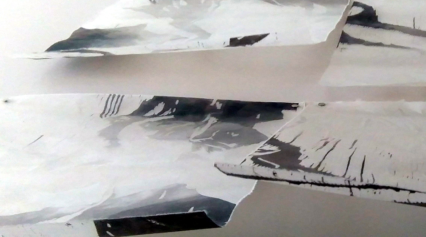
Jess Bugler’s work presents technology as dystopian. The iron fencing around a park tree becomes a form of entrapment in a beautiful print. What was designed to be protective appears here as imprisoning. The tree itself however is not contained, sprawling out through each gap. It gives hope to what could otherwise be an oppressive piece; a sense that nature, including us, will always try to find a way. A similar sense of entrapment appears in prints of a server room, depicting rows and rows of computer servers. This piece could be interpreted in many different ways, the grainy quality of the print letting the imagination work. At first glance, they appear as the dystopian city, oppressively ordered into blocs, lit with neon lights. But equally, they could be a digital library with rows and rows of data.
It’s these two binary images evoked in Bugler’s work that summarise so neatly the debate opened in Brink. Is our technology oppressive or liberating? Is it homogenising creativity and identity or furthering our expression? Destructive or constructive? There is no definitive answer to be found here. The importance of installations like Brink is to provoke a discourse that is desperately needed. Technology is increasingly shaping our reality. It’s important to question the motives of those controlling the technology for shaping it that way. It certainly got me thinking about it.
The Brink exhibition is on at Oriel Ynys Môn until November 3rd.
James H.F. Lloyd is an avid contributor to Wales Arts Review.


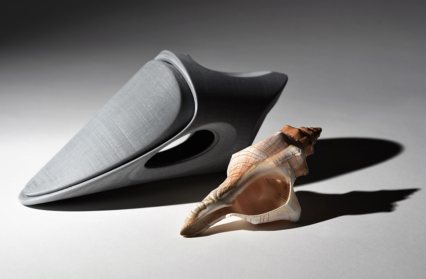
 Enjoyed this article? Support our writers directly by buying them a coffee and clicking this link.
Enjoyed this article? Support our writers directly by buying them a coffee and clicking this link.

